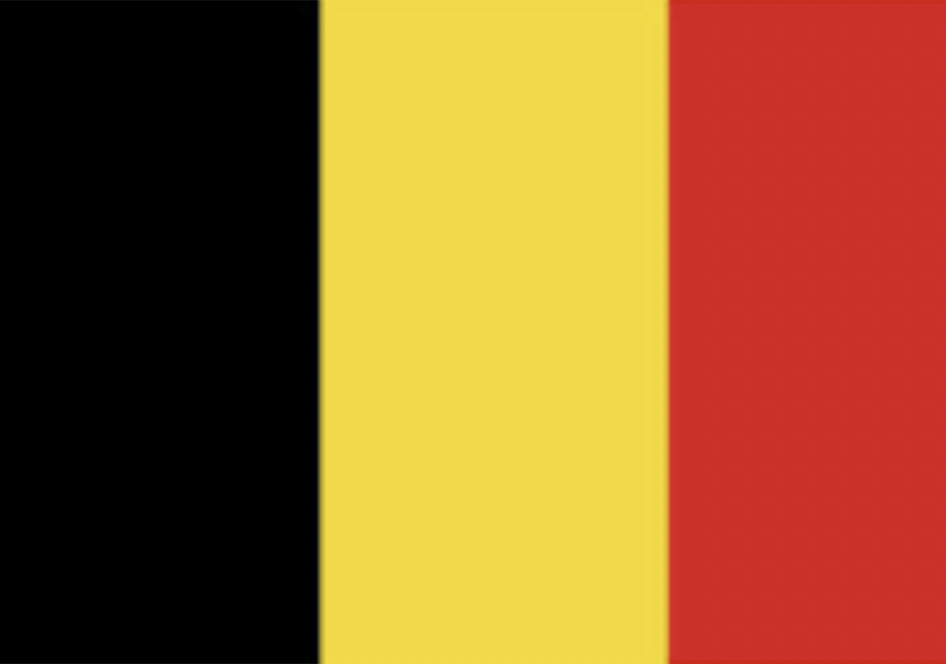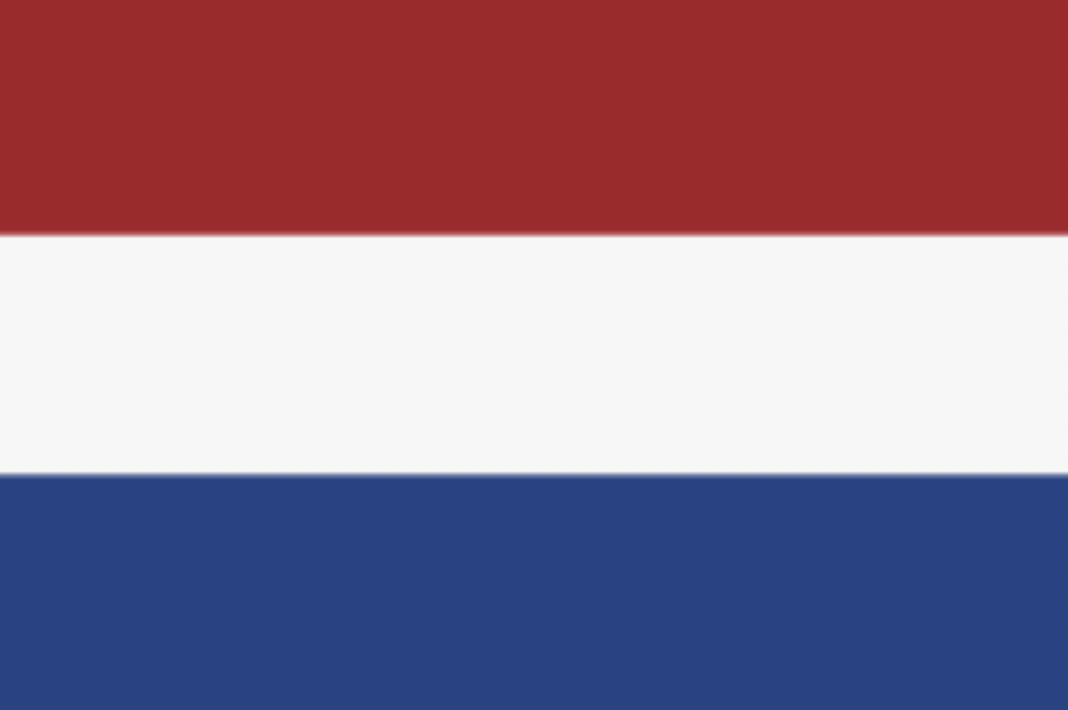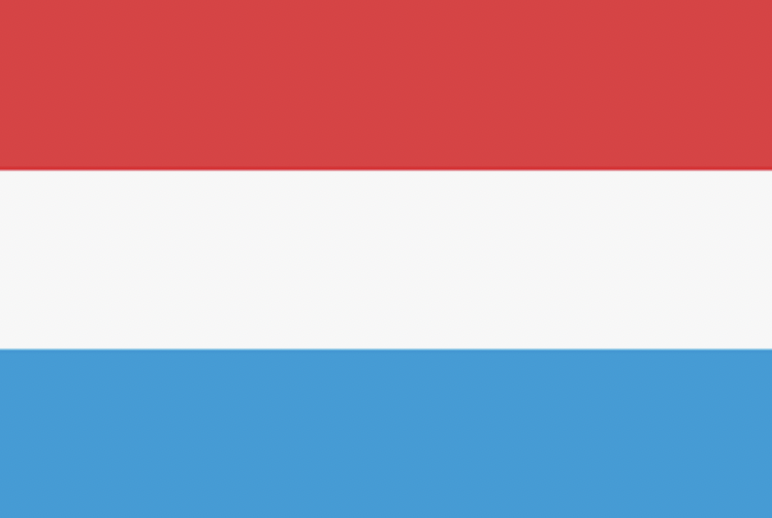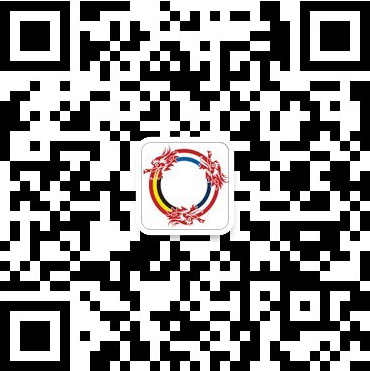9 other facts about the Benelux that you didn't know!
The Benelux region, composed of Belgium, the Netherlands and Luxembourg, represents a dynamic and culturally rich area of Europe. These three nations not only foreshadowed European integration, but also served as pioneers for key initiatives such as the European Coal and Steel Community, the European Economic Community (EEC), and the evolution from the European Community to the European Union (EC-EU). Additionally, they initiated the Schengen process, which was implemented in 1985. While many are familiar with various elements of these countries, several captivating details often remain overlooked. In this article, we will explore ten lesser-known facts about the Benelux region, revealing distinctive features of each country.
Belgium

Belgium has more comic makers per square kilometre than any other country in the world
With more than 700 comic strip authors, Belgium has more comic strip artists per square kilometre than any other country in the world! It is here that the comic strip has grown from a popular medium into an art in its own right. Nowhere else comics are so strongly rooted in reality and in people's imagination. Belgium has a rich tradition in comics and is the birthplace of famous characters like Tintin and The Smurfs. Brussels even has a Comic Strip Route where walls throughout the city are painted with famous comic book characters.
Diamond Industry
The country is a major player in the diamond industry. Although there are no diamond mines in Belgium, about 80% of the world's rough diamonds and 50% of cut diamonds pass through the city of Antwerp, which has been a focal point of the global diamond trade since the 15th century.
The only work of art on the moon was made by a Belgian artist
The sole piece of art on the Moon was crafted by a Belgian artist, showcasing the unstoppable spirit of Belgium! This unique artwork, a statuette titled “Fallen Astronaut,” honours astronauts and cosmonauts who sacrificed their lives in the pursuit of space exploration. Created by Paul Van Hoeydonck from Antwerp, it was placed on the lunar surface in 1971, making him the first artist to have his work displayed beyond Earth. Echoing the words of a renowned astronaut, one might say, “to infinity, and beyond!”
Netherlands

Amsterdam’s bike cleanup
In Amsterdam, known for its elaborate canal system and vibrant cycling culture, an intriguing phenomenon occurs each year. An estimated 10,000 to 15,000 bicycles are retrieved from the city's canals. These waterways, integral to Amsterdam's charm, somehow end up being the final resting place for a staggering number of bikes. This annual salvage operation highlights a unique aspect of urban life in Amsterdam, where cycling is the predominant mode of transportation. The reasons behind these aquatic bike graveyards range from accidental slips and theft prevention methods to deliberate disposal. This quirky yet environmentally challenging issue underscores the city's ongoing efforts to maintain both the beauty and the sustainability of its iconic canals.
Every child is familiar with the bright orange colour of carrots, but it's less commonly known that this wasn't always their colour. Several centuries ago, carrots varied in shades from pale yellow to deep purple. In the 16th century, Dutch carrot growers began to standardise what had been a colourful array by cultivating the orange carrot that we recognise today. Some rumours suggest that their choice of orange was a patriotic tribute to the royal House of Orange, though this is still subject to speculation.
The creation of Flevoland
The Dutch created an entire province from scratch, a testament to their ingenuity. Less than a century ago, the area just north of Amsterdam was the tumultuous Zuiderzee, a sea bay known for its catastrophic floods. Today, this same region has been transformed into the serene IJsselmeer lake and the newly formed province of Flevoland, which now boasts nearly 420,000 residents. Keeping pace with the achievements of the lowlanders is no small feat.
Longest word
The longest word in the Dutch language stretches to an impressive 53 letters: Kindercarnavalsoptochtvoorbereidingswerkzaamhedenplan. This is not a random jumble of letters; it was officially recorded in the 1996 Guinness Book of World Records. The word translates to "preparation activities for a children's carnival procession." While it’s unlikely you’ll hear this word used in everyday conversation, it remains a delightful tidbit about the quirks of the Dutch language.
Luxemburg

Wealth of Luxemburg
Luxembourg stands as the world's second-wealthiest nation in terms of wealth. Its citizens earn about twice as much as Americans and enjoy one of the lowest GDP debt ratios globally. According to projections by Trading Economics, Luxembourg's GDP is expected to hit $111,500 USD by the end of 2022. The nation is also carving out a niche as a centre for technology and data, attracting major corporations that set up their European bases there. This appeal is likely enhanced by Luxembourg's favourable tax conditions, which establish it as a tax haven for Europe's wealthiest. For those considering a move or investment, Luxembourg's economy is notably welcoming to international investors and offers attractive tax benefits.
Languages
Luxembourg boasts three official languages: German, French, and Luxembourgish, also known as Letzebuergesch. While German and French are predominantly used in administrative contexts, Luxembourgish is the usual choice for everyday conversations. In the realms of business, hospitality, and dining—such as in hotels, restaurants, and cafés—French is more commonly spoken. Meanwhile, German takes precedence in the print media sector. If you're planning a trip to Luxembourg, it's recommended to familiarise yourself with some French beforehand.
International atmosphere
When visiting Luxembourg City, expect to meet people from across the globe. The city is incredibly diverse, with residents hailing from 170 different nationalities, and the proportion of foreign-born individuals continues to rise each year. As of January 1, 2022, Luxembourg had a population of 645,397 spread over an area of 2,586 km², resulting in an average density of 249 people per km², making it one of the most densely populated areas in Europe. The largest foreign communities in Luxembourg include the Portuguese, French, Italian, Belgian, and German, who together make up 31.1 percent of the city's population.
Interested in discovering more about these three countries? This article delves into even more fascinating facts!

